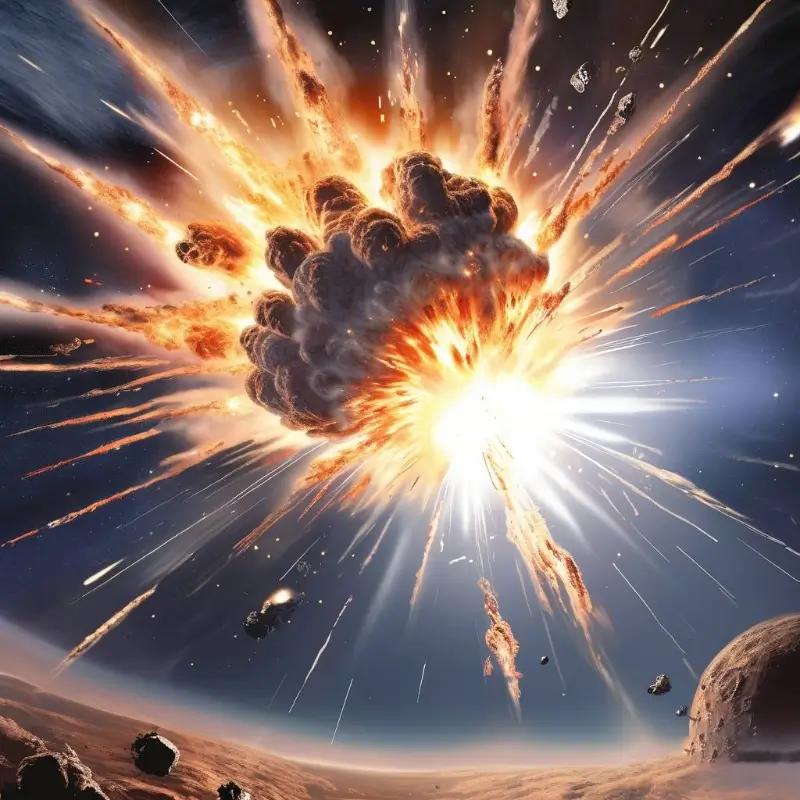why are planets round?
Planets are round because of the force of gravity and the way matter behaves under its influence. Here’s a simplified explanation of why planets become spherical:
- Gravity: Planets form from a rotating disk of gas and dust, primarily in the early stages of a star system’s formation. The force of gravity attracts matter towards the center of the disk. This force pulls material in all directions towards a common point, causing it to compress and form a spherical shape.
- Conservation of Angular Momentum: As matter collapses under gravity, it also begins to rotate. According to the conservation of angular momentum, a rotating body will conserve its rotation speed as it contracts unless something external acts upon it. This means that as the central mass becomes more compact, its rotation speed must decrease to keep the angular momentum constant. However, the force of gravity pulling matter towards the equatorial regions exerts a torque that slows down the rotation, leading to a more rapid contraction in the equatorial regions compared to the poles. This results in a flattened rotation, but the overall effect is still toward a spherical shape.
- Viscous Friction: In the early stages of a planet’s formation, there may be residual motion or ‘viscosity’ within the protoplanetary disk. This can cause the material to move more easily in some directions than others, leading to a process called hydrostatic convection. This helps to smooth out the planet’s shape by transferring angular momentum from the faster-rotating regions to the slower ones, again favoring a spherical shape.
- Pressure: As a planet contracts, the weight of the overlying material compresses the matter below it, increasing the pressure. This increased pressure causes the material to be more tightly packed, further encouraging a spherical shape.
- Escape Velocity: Once a planet has formed and achieved a certain size, its gravity has also increased to the point where it can retain a thick atmosphere or other forms of surface material. The escape velocity required to break free of the planet’s gravitational pull is higher at the equator due to the planet’s rotation. This means that material is more likely to be lost from the equatorial regions, which again tends to remove angular momentum and result in a more spherical shape.
In summary, the force of gravity, conservation of angular momentum, and various physical processes acting upon the matter in a protoplanetary disk all contribute to the formation of a planet’s spherical shape. While some planets, like Jupiter and Saturn, are not perfectly spherical due to their rapid rotation and the distribution of their matter, they are still predominantly round when compared to other shapes such as flat disks or elongated ellipsoids.



